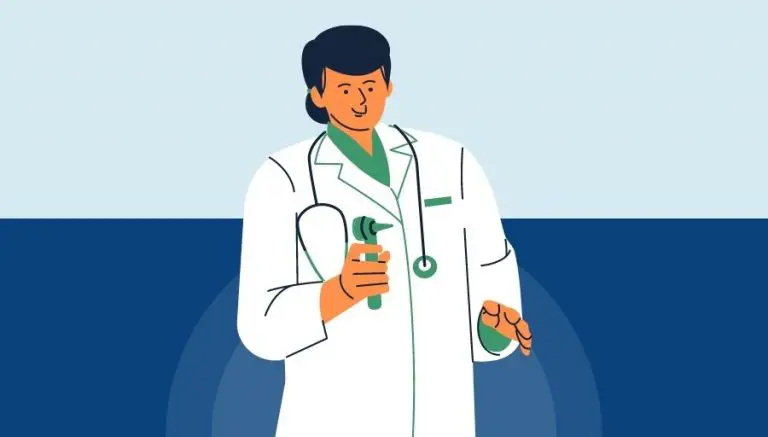How To Use CPT Code 93597
CPT 93597 describes the right and left heart catheterization procedure for patients with congenital heart defects and abnormal native connections. This article will cover the description, procedure, qualifying circumstances, appropriate usage, documentation requirements, billing guidelines, historical information, similar codes and billing examples.
1. What is CPT Code 93597?
CPT 93597 can be used to describe the right and left heart catheterization procedure performed on patients with congenital heart defects and abnormal native connections. This code is specifically used when the provider navigates one or more catheters through the blood vessels to the heart and inserts the catheter(s) into the right and left sides. The procedure may involve taking blood samples to measure blood gases and other measurements.
2. Official Description
The official description of CPT code 93597 is: ‘Right and left heart catheterization for congenital heart defect(s) including imaging guidance by the proceduralist to advance the catheter to the target zone(s); abnormal native connections.’
3. Procedure
- When performing CPT 93597, the provider begins by appropriately prepping and anesthetizing the patient.
- A small incision is made in the arm or groin to access the target vessel and introduce a catheter.
- If necessary, the provider may perform a similar step in another location to allow access to both sides of the heart.
- Using imaging guidance, such as fluoroscopy, the provider advances the catheter(s) via the blood vessels to the target zones of the right and left heart.
- The provider places the catheter in one or more right-sided cardiac structures, such as the right atrium, right ventricle, or pulmonary artery, to obtain blood samples and measure blood gases.
- If applicable, the provider may perform Fick cardiac output measurements to assess the amount of blood pumped over a specific time.
- If the provider uses transapical puncture of the left ventricle or transseptal puncture of an intact septum for left heart catheterization, those steps are separately reportable.
- The provider advances the catheter to the target zone of the left heart, which channels blood to the aorta.
- The provider places the catheter in the left atrium, left ventricle, or both, and may perform hemodynamic evaluation to study the blood flow.
- To complete the procedure, the provider removes the catheter and any other instruments, and applies pressure at the access site.
4. Qualifying circumstances
CPT 93597 is used for patients with congenital heart defects and abnormal native connections. These conditions involve blood flow that does not follow the expected course through the heart chambers and great vessels. Examples of congenital heart defects typically associated with abnormal connections include single ventricle anatomy, transposition of the great arteries, and tetralogy of Fallot. The procedure may involve accessing pulmonary arteries through surgical shunts, accessing the pulmonary circulation from the aorta through major aortopulmonary collateral arteries (MAPCAs), accessing isolated pulmonary arteries through a patent ductus arteriosus, and other variations.
5. When to use CPT code 93597
CPT code 93597 should be used when performing right and left heart catheterization for patients with congenital heart defects and abnormal native connections. It is important to accurately document the specific conditions and abnormalities present in the patient to support the use of this code.
6. Documentation requirements
To support a claim for CPT 93597, the provider must document the following information:
- Patient’s diagnosis of congenital heart defects and abnormal native connections
- Details of the procedure, including the specific structures accessed and catheter placement
- Imaging guidance used, such as fluoroscopy
- Blood samples obtained and measurements performed
- Hemodynamic evaluation, if applicable
- Any additional procedures performed, such as transapical or transseptal puncture
- Signature of the provider performing the procedure
7. Billing guidelines
When billing for CPT 93597, ensure that the procedure is performed for patients with congenital heart defects and abnormal native connections. Follow the appropriate guidelines for reporting additional procedures, such as transapical or transseptal puncture, if performed. It is important to accurately document the details of the procedure and provide supporting documentation to justify the use of this code.
8. Historical information
CPT 93597 was added to the Current Procedural Terminology system on January 1, 2022. There have been no updates to the code since its addition.
9. Examples
- A patient with transposition of the great arteries undergoing right and left heart catheterization to assess blood flow and measure blood gases.
- A patient with tetralogy of Fallot requiring right and left heart catheterization to evaluate the abnormal connections and perform hemodynamic evaluation.
- A patient with single ventricle anatomy undergoing right and left heart catheterization to access major aortopulmonary collateral arteries (MAPCAs) and assess blood flow.
- A patient with an isolated atrial septal defect requiring right and left heart catheterization to access the left atrium and measure blood gases.




